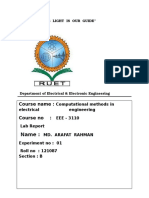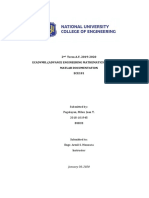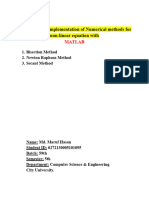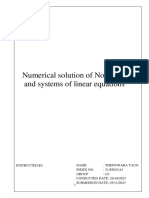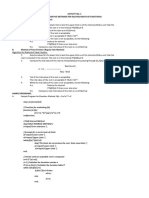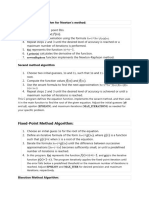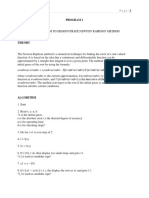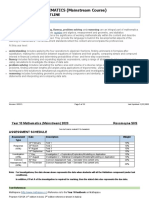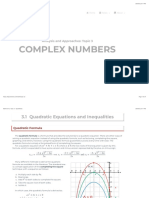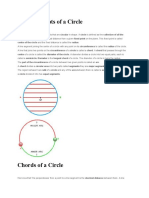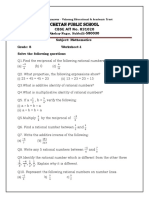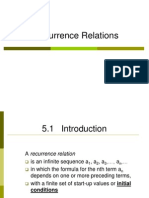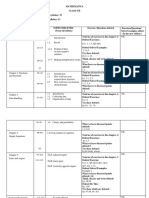0% found this document useful (0 votes)
5 views4 pagesCode For Root Finding Methods
The document contains MATLAB functions for various root-finding methods including the bisection method, false position method, secant method, and Newton's method. Each function iteratively approximates the root of a predefined function based on specified parameters and conditions. The methods utilize different approaches for convergence and error checking to ensure accurate root approximations.
Uploaded by
Darnell VuongCopyright
© © All Rights Reserved
We take content rights seriously. If you suspect this is your content, claim it here.
Available Formats
Download as DOCX, PDF, TXT or read online on Scribd
0% found this document useful (0 votes)
5 views4 pagesCode For Root Finding Methods
The document contains MATLAB functions for various root-finding methods including the bisection method, false position method, secant method, and Newton's method. Each function iteratively approximates the root of a predefined function based on specified parameters and conditions. The methods utilize different approaches for convergence and error checking to ensure accurate root approximations.
Uploaded by
Darnell VuongCopyright
© © All Rights Reserved
We take content rights seriously. If you suspect this is your content, claim it here.
Available Formats
Download as DOCX, PDF, TXT or read online on Scribd
/ 4

























